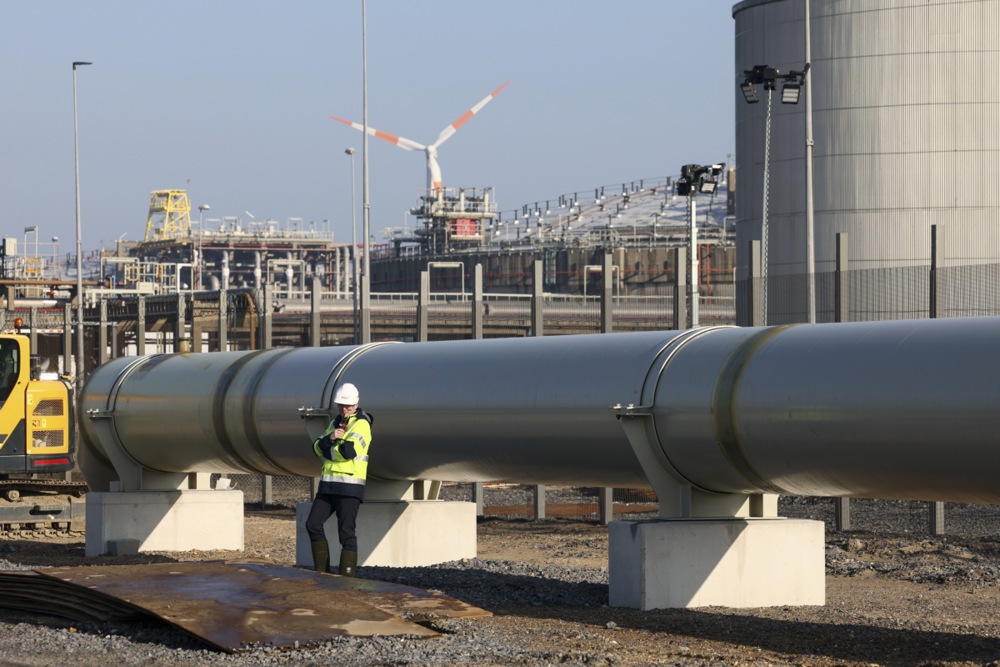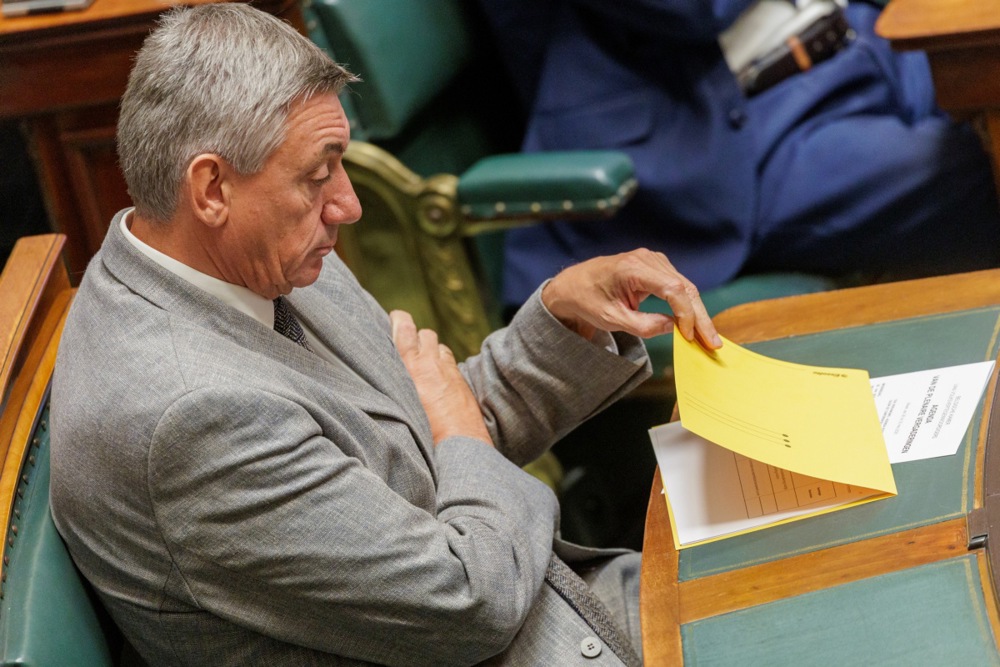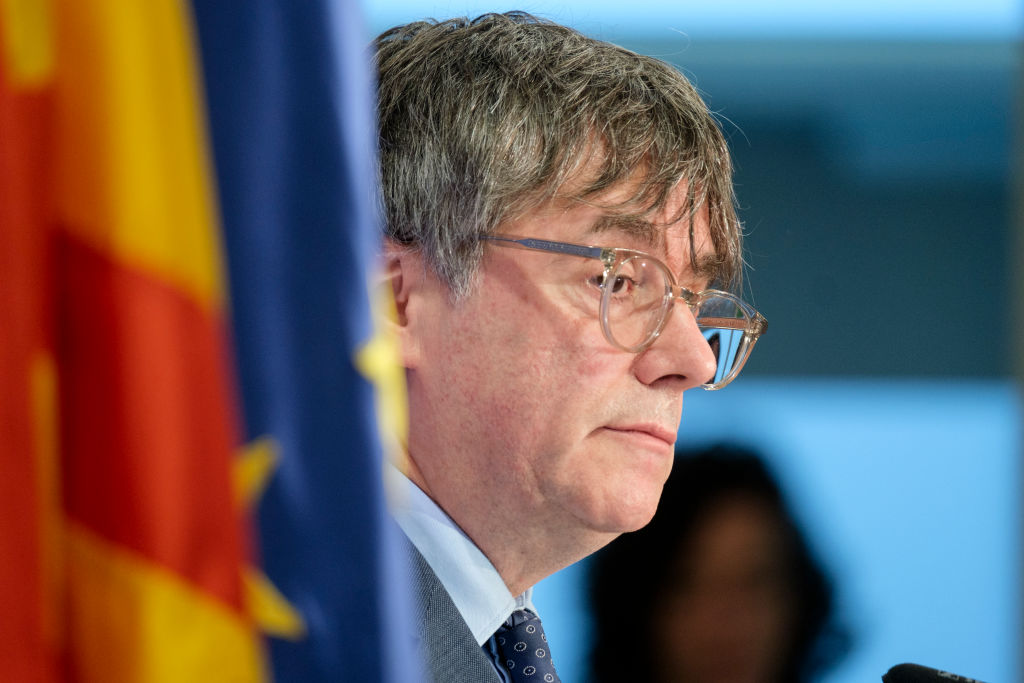Europe is spending more on defence than it has in decades, yet most of that money may simply leave the continent.
In response to war on its doorstep, to the expected but new US conditions for defence support and to growing geopolitical uncertainty, the European Union and NATO allies have committed to unprecedented defence spending increases. Yet this surge may not deliver the economic benefits Europe hoped for.
“Europe has too small a defence industry to meet the increased demand,” Peter Vanden Houte, chief economist at ING Belgium, told Brussels Signal on July 2.
“A large part of the material will have to be imported.” That likely meant higher defence budgets would not automatically boost economic growth within the EU.
“If governments must cut other expenditures to fund defence, this reduces growth, only partially offset by increased defence spending, much of which benefits producers outside the EU,” he added.
The European Commission has acknowledged this dynamic. It said it would “turn a blind eye” to excess defence spending when enforcing EU budget rules, but only until 2028. After that, strict fiscal controls will return, making it challenging for many countries to sustain increased defence budgets.
At the NATO Summit held in The Hague on June 24-25, 2025, members agreed to raise their defence investment benchmark from 2 per cent to 5 per cent of GDP. This marks a significant increase, with 3.5 per cent dedicated to core defence needs and 1.5 per cent to defence-related infrastructure and industrial investments.
Alongside the defence spending pledge, NATO hosted forums to boost defence industrial production and held multiple high-level meetings, including with Ukrainian officials and European leaders, reinforcing continued support for Ukraine.
Behind these headline figures lay a more fundamental problem: Europe’s fragmented defence industry.
Steven Blockmans, senior fellow at the Centre for European Policy Studies (CEPS) and author of a recent roadmap towards common European defence, explained at a July 2 conference that the continent still operated dozens of incompatible weapons systems with no common procurement standards.
“This fragmentation makes it very difficult to scale production across member states,” Blockmans said. His CEPS report suggested that pooling even €150 billion of the planned €800 billion defence spending into jointly produced systems could be “a game-changer” for Europe.
Peter Vanden Houte echoed this, noting: “The biggest problem in Europe is the diversity of weapons systems and the lack of common standards. That makes it difficult for industry to reach scale.”
This lack of scale forced Europe to rely heavily on imports — even when sending military aid. In 2023, 78 per cent of EU-delivered military support to Ukraine was sourced outside the EU, Vanden Houte said.
For countries with tight budgets, raising defence spending risks hurting economic growth overall. “If governments must cut spending elsewhere — especially when weapons are imported—the positive economic impact of increased defence budgets is largely cancelled out,” he added.
One partial solution may be encouraging dual-use production, where civilian companies manufacture goods that can also serve military purposes.
“That will certainly happen,” Vanden Houte noted but without deeper European integration and standardisation, this approach would not fully address the underlying challenges.
The EC’s temporary tolerance of increased defence deficits aimed to ease this transition but the window would be closed in 2028. Many member states would face tough political and budgetary decisions to meet NATO’s new 5 per cent GDP target.
Vanden Houte advised caution: “These spending levels are enormous. Without clear plans for efficient use, there is a risk that much of this money benefits foreign arms producers, limiting both economic and strategic gains for Europe.”





